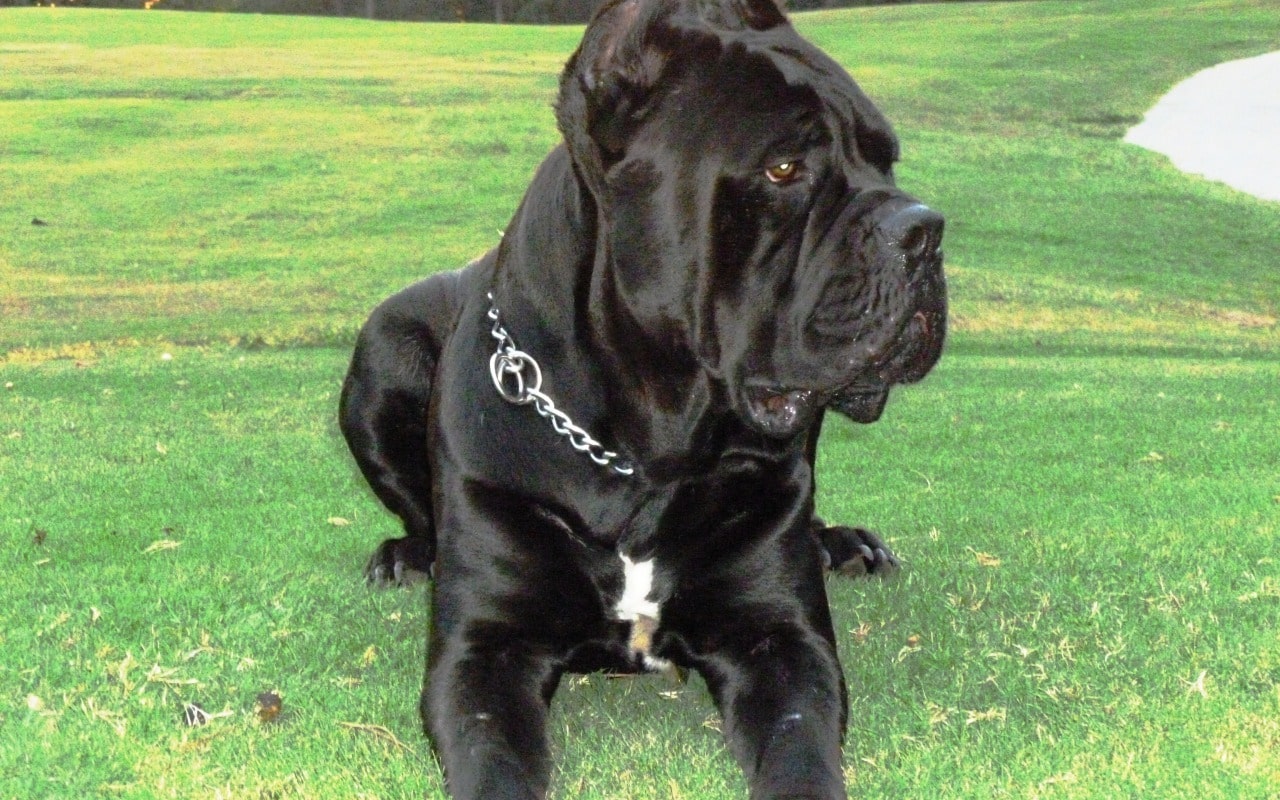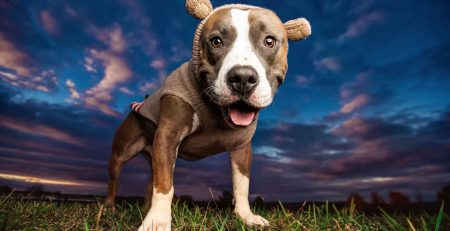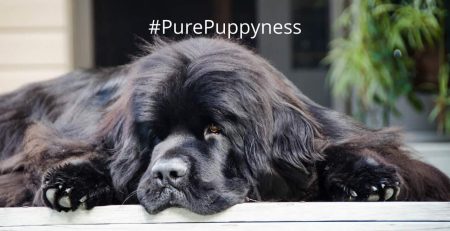Italian Dog Breeds (Part I)
Italy boasts a rich culture, with ancient history and culture. An old Italian proverb states “Whoever loves me, loves my dog”, and as you might expect, Italy’s dog breeds are a beloved part of the country’s rich culture.
Guardian dogs
The Abruzzese Mastiff is an enormous dog, bred to guard livestock. It is so talented at this that the breed has been imported to Norway and the USA to fend off bears that preyed on livestock. The Maremma sheepdog is a relative of the Abruzzese Mastiff, and plays a similar role. Packs of three or four dogs protect a single herd of sheep, fending off feral dogs and wolves.
The Cane Corso cuts an imposing figure: muscular but sleek, with a slight dewlap, and large almond-shaped eyes. Although most associated with guardianship, the Cane Corso is versatile and has also been used for hunting and herding. The breed almost went extinct in the 1970s, but has been revived successfully, and their popularity only continues to increase.
The Neapolitan Mastiff is another large guardian dog. Like the Cane Corso, they are large and powerful, but have looser skin, with a wrinkled face. This breed is courageous and protective. They rarely bark, and prefer to sneak up on intruders instead of barking a warning. Due to their size and protective nature, proper training and socialisation is needed from a young age.
The Cane da Presa Meridionale is similar to the Neapolitan mastiff, but is considered to be a more “functional” version of the breed. Breed enthusiasts seek to recreate the working version of the Neapolitan mastiff, as many modern mastiffs were bred for dog shows rather than work.
The Italian Shepherd is a descendant of both the Cane Toccatore and the Abruzzese Mastiff. In the 1970s, Piero Accetella (owner of Little Ranch Kennels in Pescare, Italy) crossed these two breeds in the hope of creating a larger herding dog with the lupine features of the Cane Toccatore. The result was the Italian Shepherd. Despite its name, this breed is actually more suited as a guardian dog, since they are highly intelligent and naturally wary of strangers. They are also robust, and typically live up to 17 years old.
Herding
At first glance, the Bergamasco Shepherd might be mistaken for a Komondor, as it has a very similar coat, with strands of matted fur that resemble dreadlocks. What makes the Bergamasco Shepherd special is that its coat contains both guard hairs and a downy fur, whereas the Komondor’s coat is mostly downy. Although originally bred for herding, the Bergamasco Shepherd also excels at sports such as canine agility and flyball.
The Cane di Oropa is a medium sized dog from the Alps. Since ancient times, this breed has been used to drive cattle and sheep. Intelligent and athletic, the Cane di Oropa is typically bob-tailed, often with a merle coat and brown eyes.
The Cane Toccatore is a herding breed with a wolf-like head and a tendency to nip at livestock to make them move. They are clever, resilient, and athletic. Although they have strong guarding instincts, they also make good family dogs. The Cane Lupino del Gigante is a rare variant of the Cane Toccatore. Found mainly in the Apennine Mountains, only 200 of these dogs remain, due to the decline in local sheep farming.
The Sardinian Shepherd Dog is an old breed that hails from Sardinia. They are versatile, and are equally good at herding, catching, and guarding livestock. Rough-coated, with a unique “monkey face” due to the frontal position of their eyes, this breed has a reputation as thief: they were known to steal from neighbours, sneaking away unseen with their prize, and were kept by local bandits. The breed was also used by the Italian army in the Libyan campaign.






















